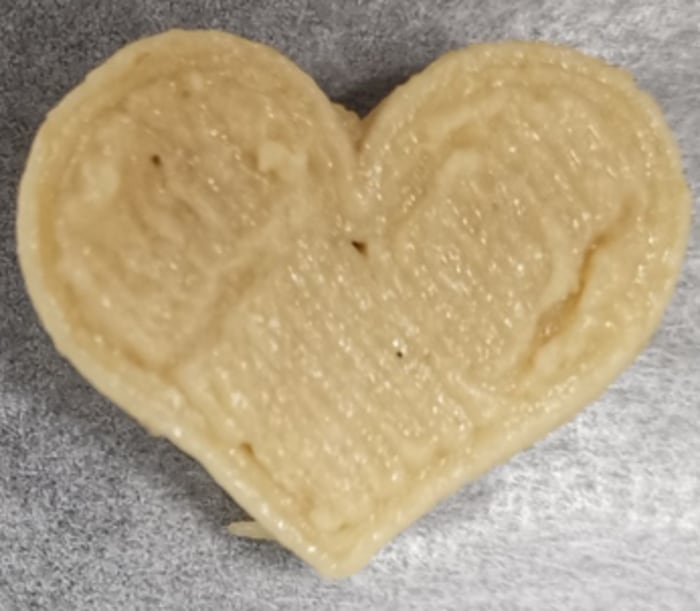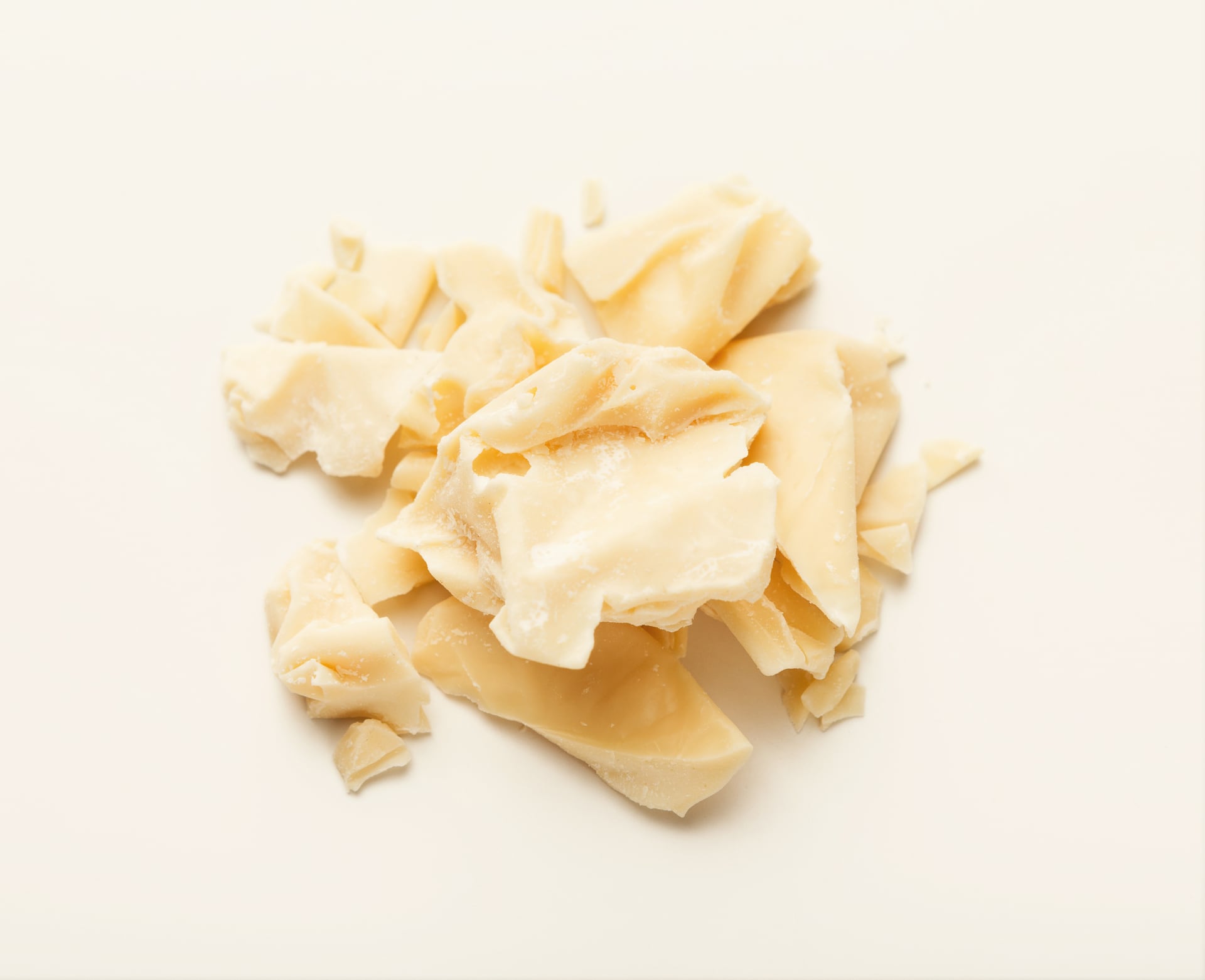In the nascent but rapidly innovating alternative protein category, 3D printing presents opportunities for brands to improve structure and texture and create different sized cuts with a better mouthfeel.
A host of start-ups are using plant-based ingredients such as soya, pea protein and coconut oil, which are then produced by 3D printing technology to replicate the molecular make-up of standard meat.

Songbai Liu and Shanshan Wang, researchers at Zhejiang University, Ningbo, China, are the latest to have developed a formulation for a meat-alternative ‘dough’ with soy and wheat protein that can be shaped using a 3D printer. However, they found that adding cocoa butter into the mix promoted the formability of 3D printing gel materials.
The team started by testing soy and wheat proteins in formulations containing several other ingredients. They then evaluated the accuracy with which the ‘dough’ could be printed, how well it held its form, as well as the resulting texture and microstructure.
As a natural solid fat, cocoa butter has a melting point just below human body temperature and can be applied to improve plasticity and formability in 3D printing. The researchers found the heat-sensitive cocoa butter made the dough more fluid at higher temperatures for printing. It then hardens at room temperature, allowing the dough to retain its printed shape. The team found that additional ingredients such as starch, the emulsifier Tween-80, and sodium alginate were important for the printing performance and texture, while shiitake mushroom powder was used to provide taste.
In conclusion, formulation of soy protein- and wheat glutenbased gel materials for 3D printing was successfully accomplished employing starch, sodium aglinate, Tween-80, shiitake mushroom powder, and cocoa butter.
"Cocoa butter with a melting point slightly above ambient temperature promoted 3D printing fluidity and formability of the soy protein- and wheat gluten-based materials," the researchers noted. "The developed strategy would be valuable for formulating the materials for 3D printing."
Reference
Devising new meat alternatives with 3D printing — and cocoa butter
Shanshan Wang, Songbai Liu,
ACS Food Sci. Technol. 2021.
https://doi.org/10.1021/acsfoodscitech.1c00311


